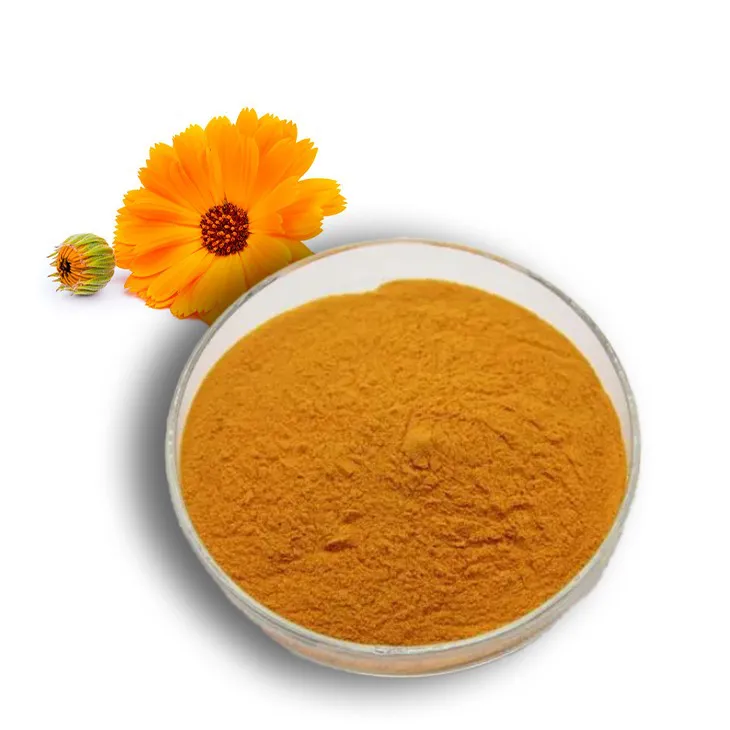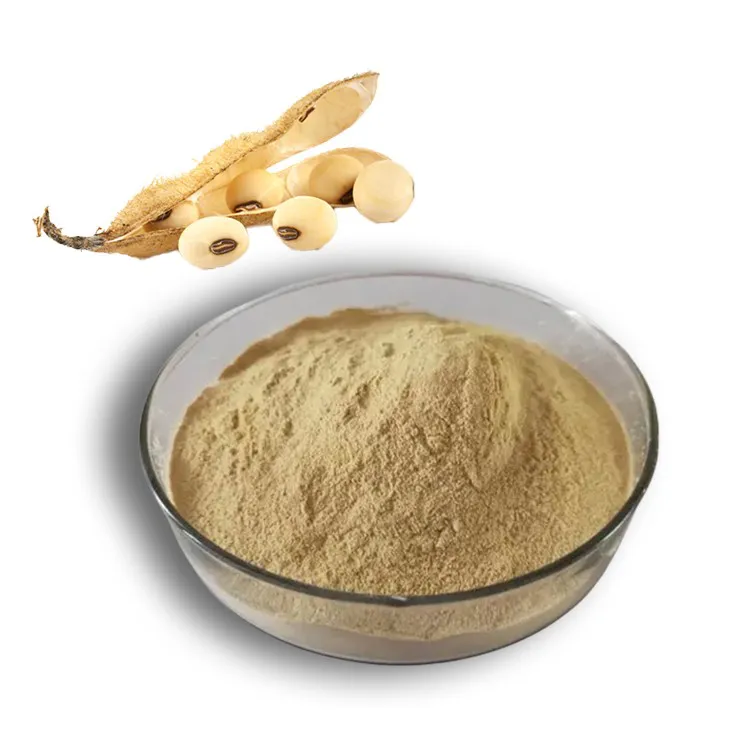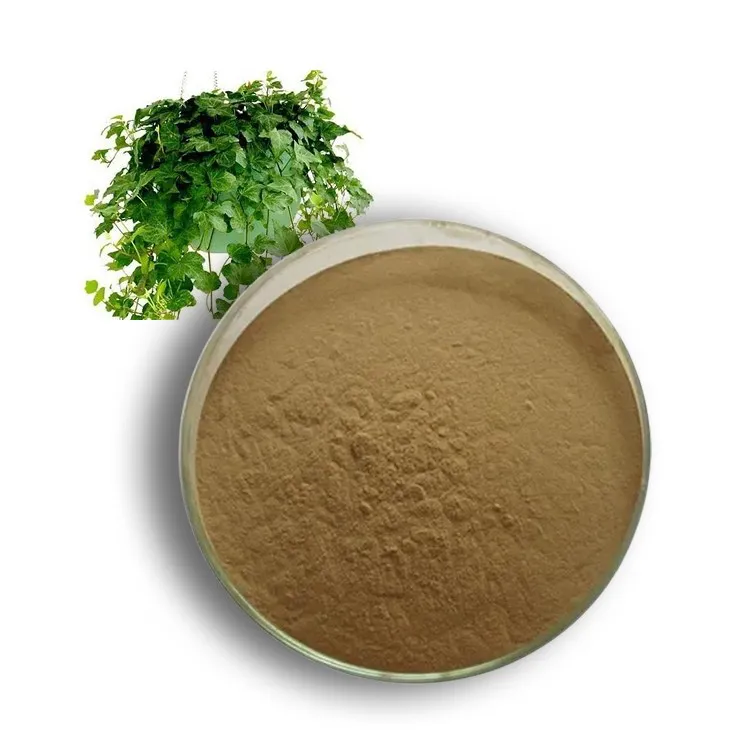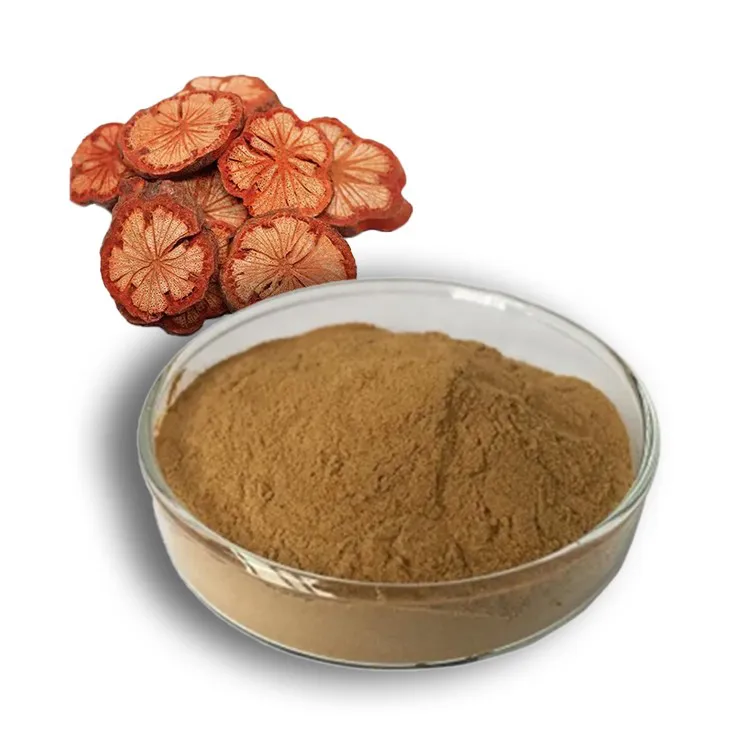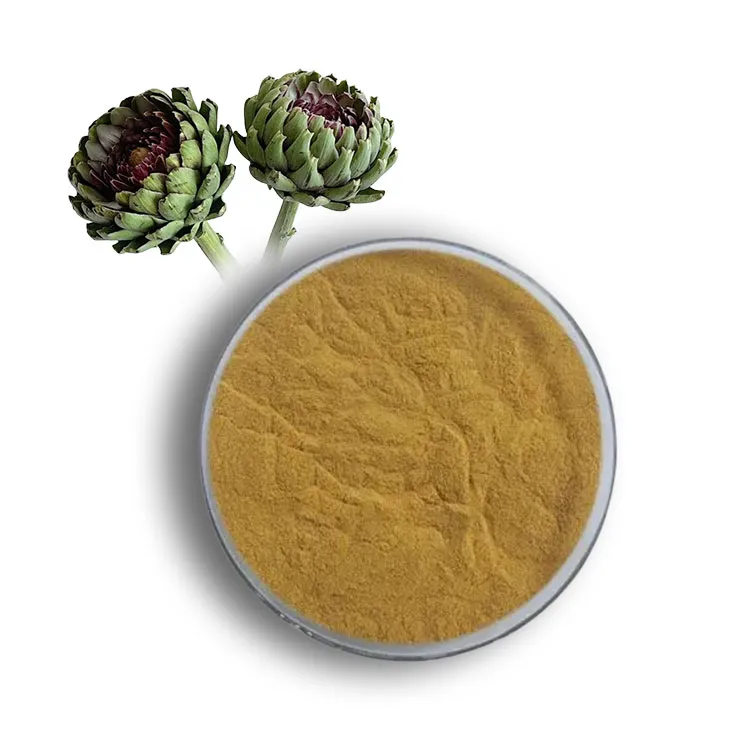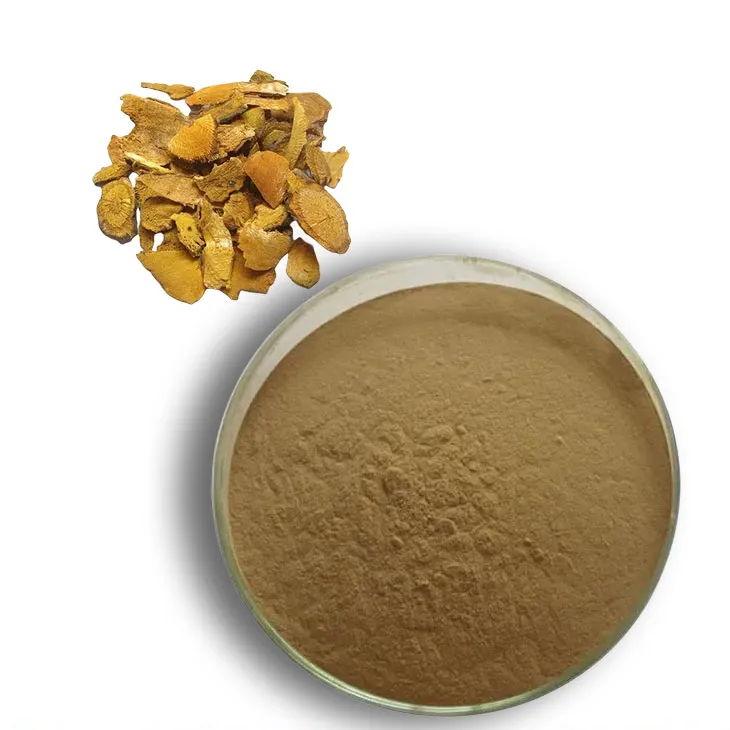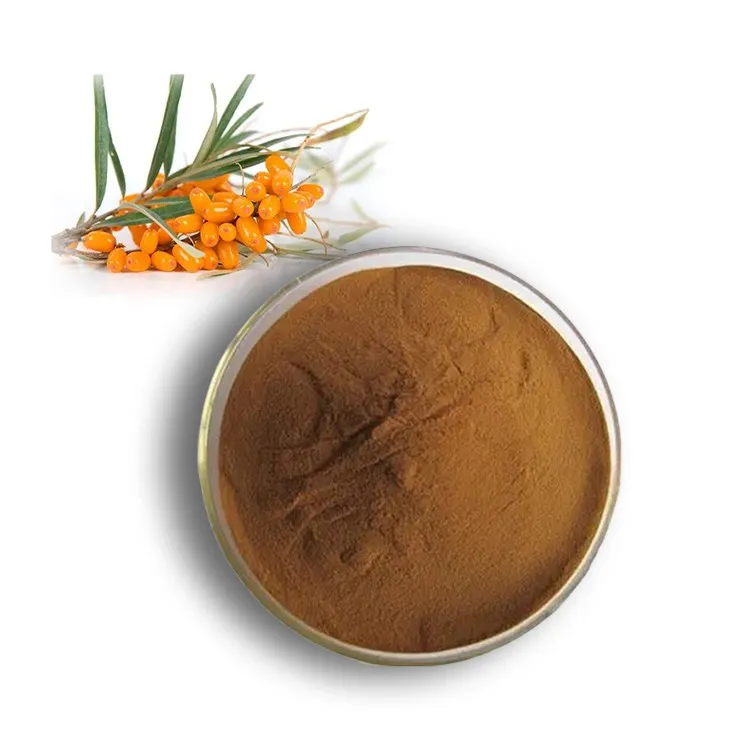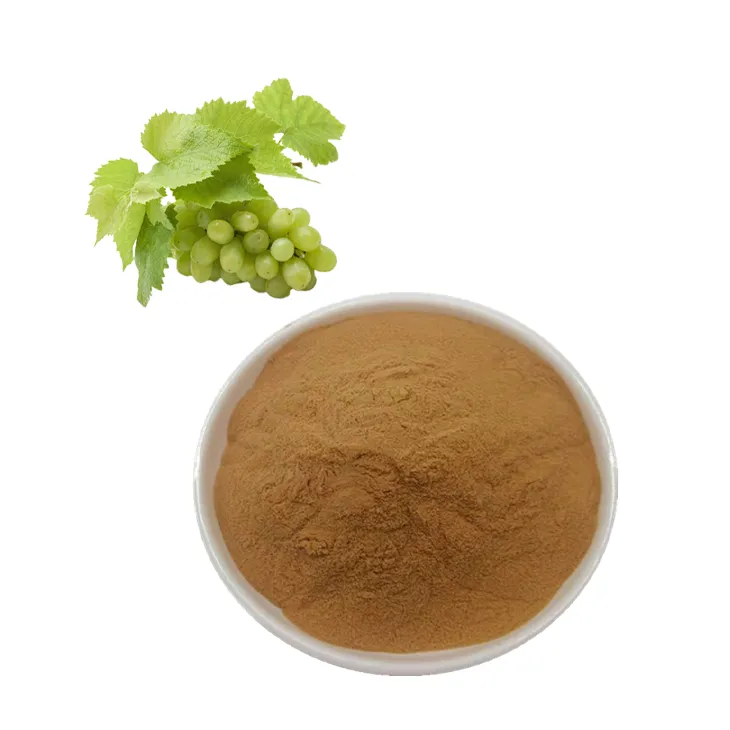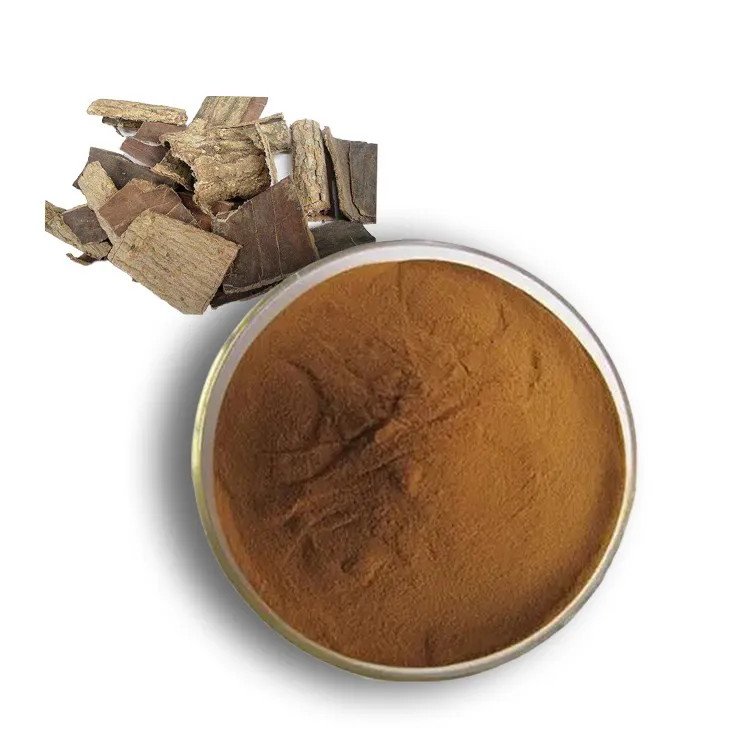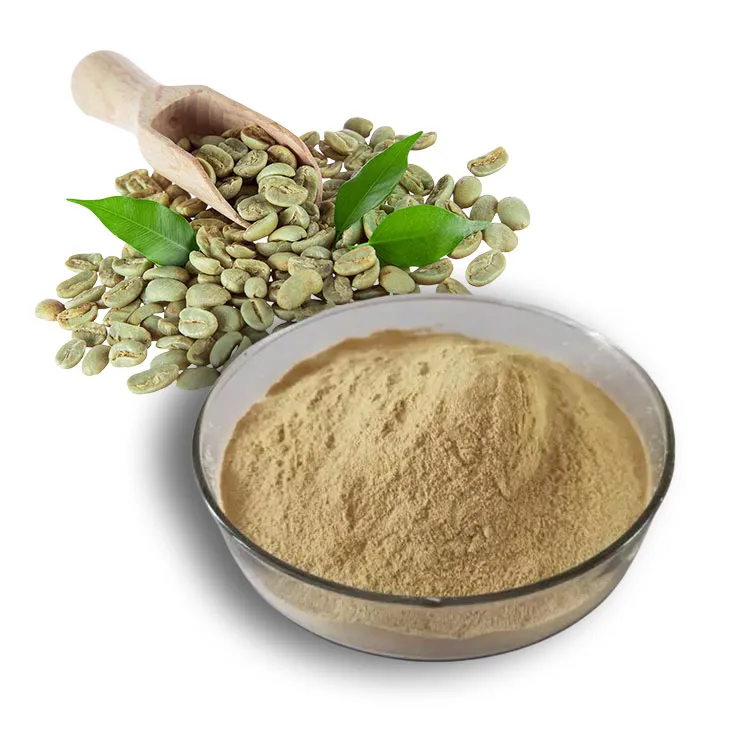- 0086-571-85302990
- sales@greenskybio.com
Diosmin Treatment: Duration and Efficacy in Managing Vascular Health
2025-09-23
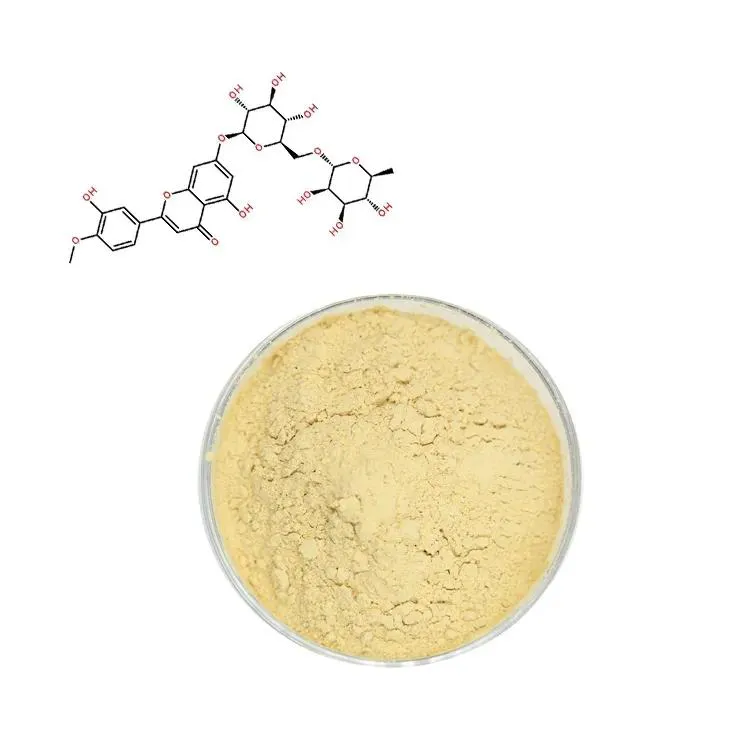
Diosmin, a naturally occurring flavonoid found primarily in citrus fruits, has gained traction in the medical field as a treatment for various venous disorders. Recognized for its venotonic and vasoprotective properties, Diosmin is most commonly prescribed as part of comprehensive treatments for conditions such as chronic venous insufficiency (CVI), varicose veins, hemorrhoids, and lymphatic dysfunction. Despite its established clinical applications, many patients and healthcare providers alike wonder: How long should Diosmin treatment last for optimal efficacy? This article explores the factors influencing the duration of diosmin therapy and aims to guide patients and practitioners in tailoring treatment plans effectively.
Understanding Diosmin: Mechanism and Uses
Diosmin, often used in combination with another flavonoid Hesperidin, enhances venous tone and reduces venous capacitance, improving blood flow and lymphatic drainage. By decreasing inflammation and strengthening the walls of veins and capillaries, diosmin effectively addresses the symptoms associated with vein-related disorders. It is available in various forms, including tablets, capsules, and topical formulations, empowering patients with options suited to individual needs and preferences.
Clinical applications of diosmin primarily focus on the following conditions:
1. Chronic Venous Insufficiency (CVI): Characterized by impaired blood flow in the veins, CVI can lead to swelling, pain, and skin changes. Diosmin helps reduce symptoms by promoting better circulation and vein elasticity.
2. Varicose Veins: Swollen, twisted veins visible under the skin surface, often in the legs, are treated with diosmin to alleviate pain and improve vein appearance.
3. Hemorrhoids: Swollen blood vessels in the rectum and anus can be managed with diosmin, easing discomfort and supporting vein health.
4. Lymphatic Dysfunction: By improving lymphatic drainage, diosmin can help reduce swelling and fluid retention in affected areas.
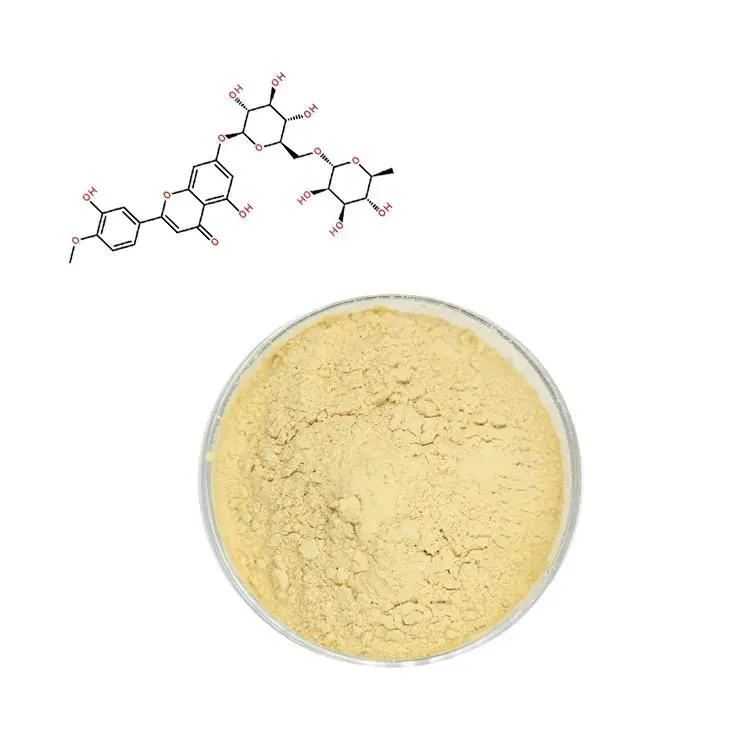
Duration of Diosmin Treatment: Factors to Consider
The duration for which diosmin treatment should be administered varies based on several factors. These include the specific condition being treated, the severity of the symptoms, patient response to therapy, and medical guidelines established by healthcare providers.
1. Acute versus Chronic Conditions: The nature of the condition plays a crucial role in determining treatment length. Acute situations such as hemorrhoids might warrant a shorter intervention period, often ranging from a few days to two weeks. Conversely, chronic conditions like CVI might require more prolonged treatment—sometimes extending to several months—to achieve sustainable relief and improvement.
2. Severity and Symptom Progression: Severe symptoms often necessitate extended diosmin treatment, allowing the therapeutic benefits to accumulate and effectively address the underlying issue. Regular monitoring by healthcare providers can help assess symptom progression and determine the necessity for continued administration.
3. Response to Treatment: Individual patient response significantly influences the duration of therapy. Patients experiencing notable improvement within a short period may transition to a maintenance or preventive dosage, while others might require prolonged treatment to achieve desired results.
4. Personalized Treatment Plans: Healthcare professionals tailor treatment plans according to the patient's overall health, comorbidities, lifestyle considerations, and treatment goals. Regular follow-ups, adjusting dosages if necessary, are vital components of managing diosmin therapy effectively.
Evidence-Based Guidelines on Duration
Clinical trials and studies emphasize the importance of personalized dosing regimens when it comes to diosmin treatment, often recommending an initial duration first and evaluating patient progress before determining continuation.
Diosmin therapy commonly adheres to protocols such as:
- Varicose Vein Treatment: 3 to 6 months, depending on symptom severity and patient response. Proper evaluation by healthcare providers determines whether further treatment is necessary beyond this timeframe.
- Chronic Venous Insufficiency: An extended duration of up to 6 months or more might be required, with the potential for indefinite maintenance dosing in cases with recurring symptoms.
- Acute Hemorrhoids: Short courses ranging from 7 to 14 days, aimed at reducing discomfort and alleviating symptoms effectively.
- Lymphatic Dysfunction: Duration varies based on individual conditions, supporting long-term management when needed.
Benefits and Safety of Long-Term Diosmin Use
Diosmin is well-tolerated in most individuals, even during extended use, showcasing an impressive safety profile. This positions the flavonoid favorably when long-term intervention is warranted. However, it remains important to consider potential side effects and interactions with other medications, necessitating healthcare guidance for safe integration into a comprehensive treatment plan.
Potential side effects might include gastrointestinal discomfort and mild allergic reactions. Rarely, diosmin use results in more significant adverse effects, highlighting the importance of medical supervision and scheduled evaluations to ensure patient safety.
Conclusion
The duration of diosmin treatment is inherently linked to the condition being addressed, the patient's unique health profile, and observed treatment responses. By focusing on these elements and engaging in open communication with healthcare providers, patients can access personalized treatment plans that optimize the benefits of diosmin therapy.
Though the duration of diosmin treatment varies based on individual circumstances, its role within venous health management remains invaluable for addressing symptoms of venous disorders. Through informed guidance and regular evaluations, patients can navigate diosmin therapy effectively, ultimately achieving improved health outcomes and enhanced quality of life. With its robust efficacy and safety profile, diosmin continues to be a vital resource in promoting vascular health, offering a ray of relief to patients when administered in accordance with informed medical insights.
- ▶ Hesperidin
- ▶ citrus bioflavonoids
- ▶ plant extract
- ▶ lycopene
- ▶ Diosmin
- ▶ Grape seed extract
- ▶ Sea buckthorn Juice Powder
- ▶ Beetroot powder
- ▶ Hops Extract
- ▶ Artichoke Extract
- ▶ Reishi mushroom extract
- ▶ Astaxanthin
- ▶ Green Tea Extract
- ▶ Curcumin Extract
- ▶ Horse Chestnut Extract
- ▶ Other Problems
- ▶ Boswellia Serrata Extract
- ▶ Resveratrol Extract
- ▶ Marigold Extract
- ▶ Grape Leaf Extract
- ▶ blog3
- ▶ Aminolevulinic acid
- ▶ Cranberry Extract
- ▶ Red Yeast Rice
- ▶ Red Wine Extract
-
Calendula Extract
2025-09-23
-
Soy Extract
2025-09-23
-
Ivy Extract
2025-09-23
-
Red Vine Extract
2025-09-23
-
Artichoke Leaf Extract
2025-09-23
-
Polygonum Cuspidatum Extract
2025-09-23
-
Buckthorn bark extract
2025-09-23
-
Grape Leaf Extract
2025-09-23
-
Eucommia Ulmoides Extract
2025-09-23
-
Green coffee bean Extract
2025-09-23











